Henry Evans Artwork - Artisan Hand-Carved Block-Print Lithography
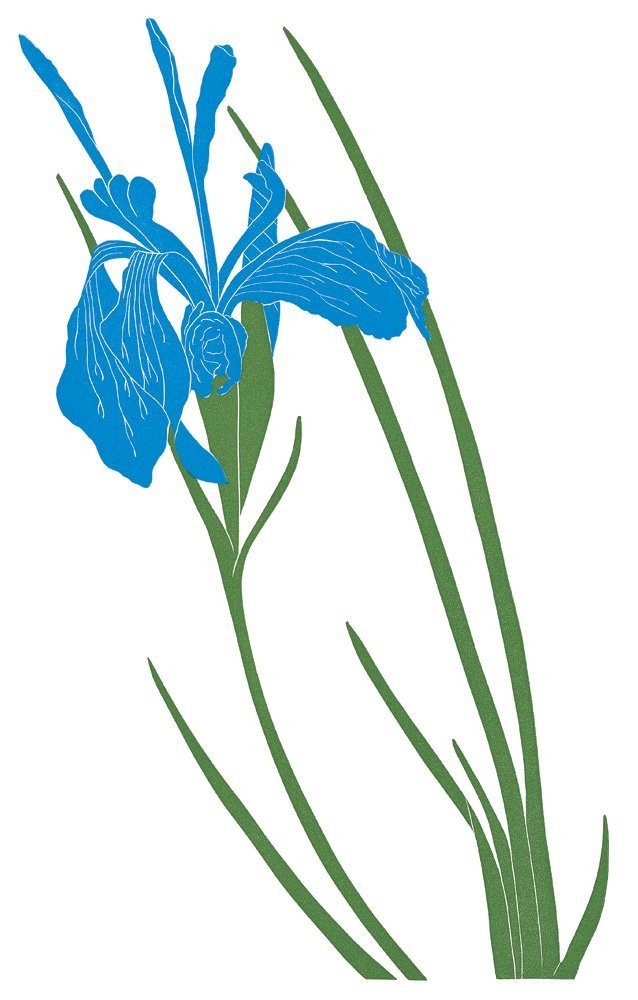
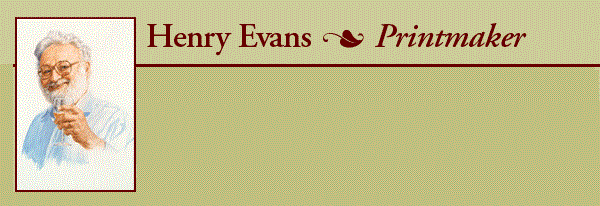
Henry Evans (1918–1990) began making botanical prints in 1958, depicting some 1400 subjects in 31 years. In that time, he was accorded more than 250 one-man shows in many countries around the world and, almost every state in the union.
Admired by art lovers and naturalists alike, Henry’s work reveals a style intriguingly personal and botanically faithful, unerring in its feeling for rhythm and design. Self-taught as a printer, botanist, and artist, he developed a unique style and technique. He drew directly from living subjects, and all subjects were portrayed life-size. He used linoleum as a printing surface and an 1852 Washington Hand Press to make the prints.
All of the work was done by hand. All of the materials that were used were of the best quality, and all of the editions were limited. Each linoleum-block print was numbered, dated, and signed by the artist. After printing, the blocks were destroyed.
Henry Evans’s linocuts are found in the great print collections of the Albertina in Vienna, the Library of Congress in Washington, and the New York Public Library; in various museums and libraries across the country; and in numerous private collections in America and abroad.
Henry Evans wrote and illustrated books and magazine articles, talked before groups both here and abroad on printmaking (including a stint of lectures for the State Department in Europe and the Middle East), and, along with his wife, Marsha, met the public in their galleries in the Napa Valley and San Francisco. From 1974, Marsha worked on shows and gallery arrangements and did most of the presswork on the prints. Henry selected the subjects, made the drawings, cut the blocks, and mixed the colors. It was, in the best sense, a husband-and-wife team.
Among numerous publications, the artist’s most important books and portfolios include The State Flowers of the United States (1972); Botanical Prints: With Excerpts from the Artist’s Notebooks (1977); and California Native Wildflowers (1985).
Some of the more notable exhibitions of Henry Evans’s prints have been held at the Hunt Institute for Botanical Documentation in Pittsburgh, the National Arboretum in Washington, Northwestern University at Evanston, The Royal Horticultural Society in London, the Field Museum in Chicago, the Smithsonian Institution in Washington, McGill University in Montreal, the Missouri Botanical Garden in St. Louis, the California Academy of Sciences in San Francisco, and the Los Angeles County Museum.
Henry Evans’s prints may be seen at, and purchased from, the Henry Evans Web site: www.henryevans.com.
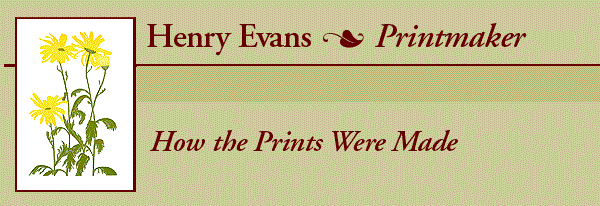
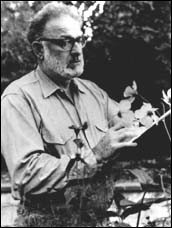
DRAWING
An ideal specimen must be found, and the best viewpoint must be selected. The drawing is done in pencil on paper. Special care must be taken at this stage of the work, as the results from the drawing will carry through to the completion of the print.
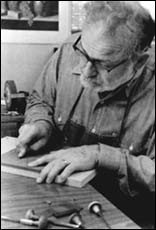
CUTTING THE BLOCK
There is, before the cutting begins, another stage not shown here: the pencil drawing on paper becomes a model for the drawing that is made, also in pencil, on the linoleum block. After this second drawing is done, the cutting can begin.
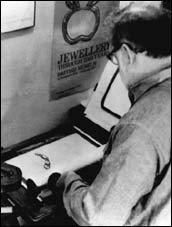
INKING THE BLOCK
After the right ink color has been mixed, a small quantity is rolled out smooth on a glass plate and then onto a block mounted in the press. There has to be a separate block for each color in the print. If a print has four colors, it must be printed four different times. The freshly printed sheet must dry overnight.
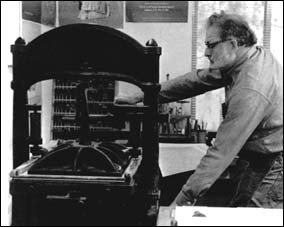
PULLING THE PRINT
The press was built by the Robert Hoe Company in New York in 1852. The lever and toggle-joint mechanism creates enormous pressure on the platen, so fairly large masses of ink can be printed reasonably well. About forty impressions per hour are obtained when everything is going well.
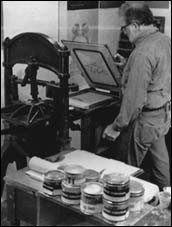
RAISING THE TYMPAN
The bed of the press is rolled under and out from under the platen by means of a handle in front of the printer's left hand. There is very little variation in the image from one impression to the next. After the impression has been made, the tympan is raised.
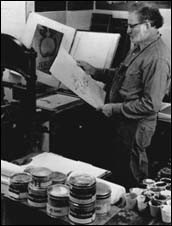
EXAMINING THE PRINT
The print is actually inspected many times while it is being made, and then afterwards when it is being signed. Prints that do not pass inspection are destroyed. When the printing is completed, the blocks are also destroyed.
http://www.henryevans.com/about.html
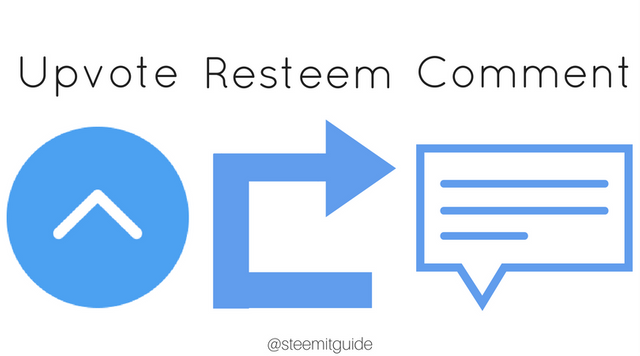
COMMENT- UPVOTE - RESTEEM - FOLLOW
@originalworks
The @OriginalWorks bot has determined this post by @shannonmccann to be original material and upvoted(1.5%) it!
To call @OriginalWorks, simply reply to any post with @originalworks or !originalworks in your message!